- Home
- Japanese Characters
4 sets of Japanese Characters
There are 4 sets of Japanese characters, namely hiragana, katakana, kanji and romaji. Hiragana and katakana are also known as the Japanese alphabet or kana.
My suggestion is to learn the character set in the sequence of hiragana, katakana and kanji.
I don't consider romaji in the learning sequence because romaji is just to help you in the pronunciation of the characters.
You will probably able to master hiragana and katakana pretty fast as there only 46 basic characters each.
However, you will need to spend more time memorizing kanji as there are quite some numbers of them. And they are all different characters.
1. Hiragana
When I first started on my Japanese lessons, Japanese hiragana was the first Japanese character set taught by my teacher. It is like the 'abc' in the English alphabet, which helps us in Japanese pronunciation. Check out the hiragana chart for all the hiragana characters.
Examples of Hiragana
- わたし (wa ta shi) which means "I"
- あなた (a na ta) which means "You"
2. Katakana
Japanese katakana are mainly used for expressing loanwords (words "loaned" from foreign languages) and foreign names.
However nowadays young people in Japanese like to use katakana more often for normal word expression. Check out the katakana chart for all the katakana characters.
Examples of Katakana
- アメリカ (a me ri ka) which means "America"
- カナダ (ka na da) which means "Canada"
- レストラン (re su to ran) which means "Restaurant"
3. Kanji
Kanji characters are basically Chinese characters, and some of them were slightly modified. Japanese have also created their own kanji characters.
Examples of Kanji
- 日本語 (ni hon go) which means "Japanese language"
- 簡単 (kan tan) which means "Simple"
4. Romaji
Romaji are roman letters, normally used to help foreign Japanese learners in the pronunciation.
My Japanese teacher used them to help us to pronounce the Japanese words correctly in the first few lessons. However, she stopped using them when we got familiarized with the hiragana.
Most of the time Japanese articles are written in a combination of hiragana, katakana and kanji, it would seem like it is useless to learn romaji.
However, for foreigners who don't know Japanese, romaji can help to give correct pronunciation. For example when singing a Japanese song in the Karaoke, you can sing with the romaji lyrics if you can't read the other characters.
Besides, when I am using the Japanese electronic dictionary or typing Japanese words in computer, I use romaji to input the Japanese characters. Therefore if you know romaji, it will definitely help when keying characters in those devices.
Examples of Romaji
Did you see the roman letters I used besides the examples of hiragana, katakana and kanji? Those are actually the romaji.
- wa ta shi (I)
- a na ta (You)
- a me ri ka (America)
- ka na da (Canada)
- re su to ran (Restaurant)
- ni hon go (Japanese language)
- kan tan (Simple)
Conclusion
All these 4 sets of characters formed the basis of the Japanese characters. Most foreigners can master hiragana, katakana and romaji quite easily, but have difficulties in kanji, probably due to their complexities.
Especially foreigners from the western countries, where their mother tongues are based on Latin characters and have no background in Chinese characters.
While it may be true that those with Chinese background can learn kanji much faster, they can also make many mistakes based on the assumption that kanji are the same as the Chinese characters.
The westerners, without the Chinese background, can learn kanji in the 'purest' or correct way, because they have no interference from the Chinese character's assumption.
In this way, after putting much hard work, they can master kanji in the most accurate way. I have seen many westerners writing very good kanji in the Japanese television shows.
Disclosure: Please note that some links on this page are affiliate links. That means I will receive a small commission if you decide to make a purchase through those links, at no additional cost to you.
Related Topics
Japanese Hiragana - the Japanese Alphabet
Basic Hiragana chart and Additionals
Japanese Katakana - another Japanese Alphabet
Basic Katakana chart and Additionals
Kanji - essential in mastering Japanese
Buy me a coffee


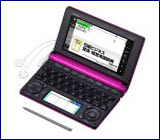
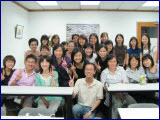
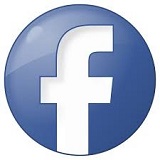

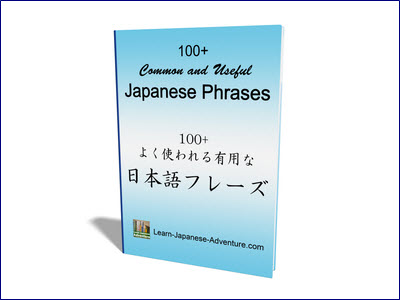
Facebook Comments
Don’t see the comments box? Log in to your Facebook account, give Facebook consent, then return to this page and refresh it.